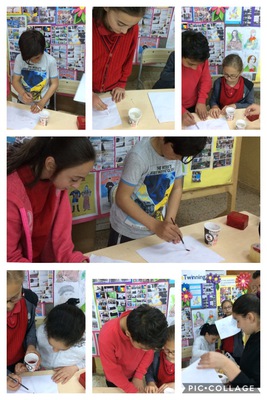No one can be sure how Leonardo managed to make his stick write
with black ink. However, invisible “ink” is usually made from a basic substance
(such as baking soda) and then “revealed” with an acidic one (such as wine
or juice). You can make invisible ink with either juice or milk.
HERE IS OUR INVISIBLE INK EXPERIENCE.MEHMET AKİF ERSOY RELIGIOUS SECONDARY SCHOOL STUDENTS HAD GREAT EXPERIENCE WHILE DOING IT (Alis KONAKÇI,Zeliha ÇİÇEK)
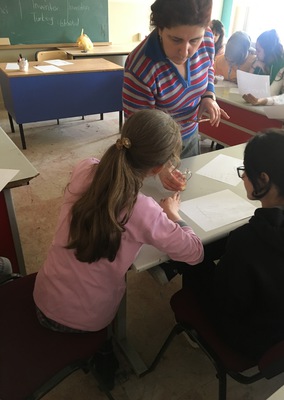
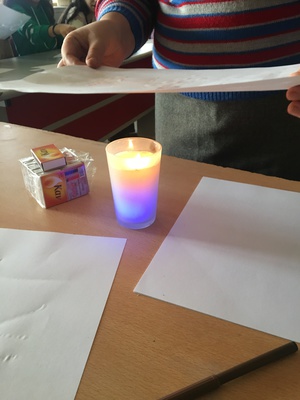
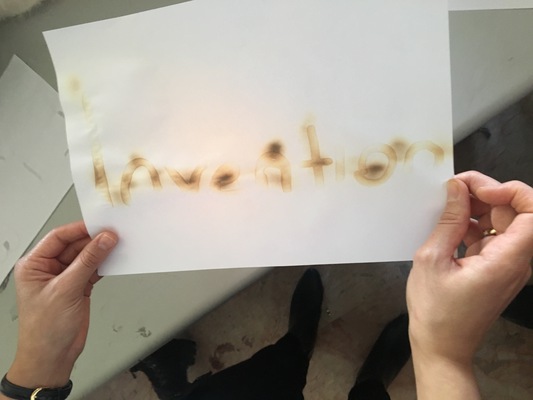
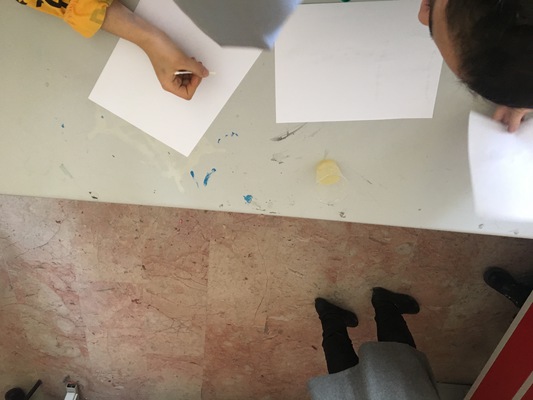
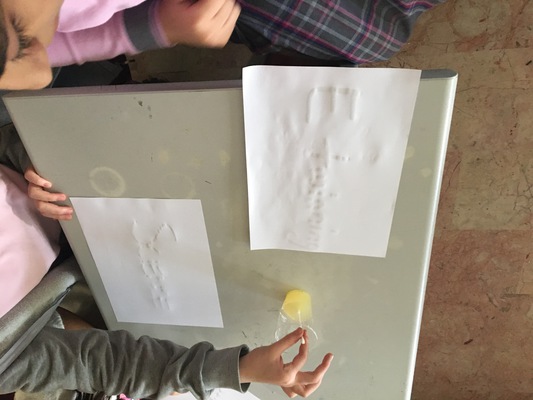
Cassano Magnago, Italy: We are proud to present our first experiment on the invisible ink! What an amazing experience!!!
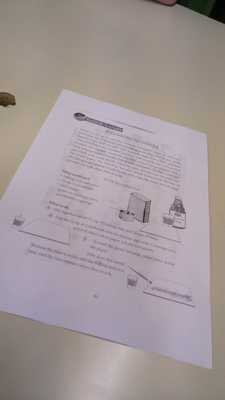
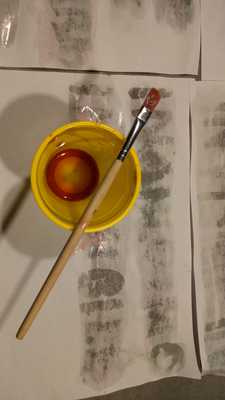
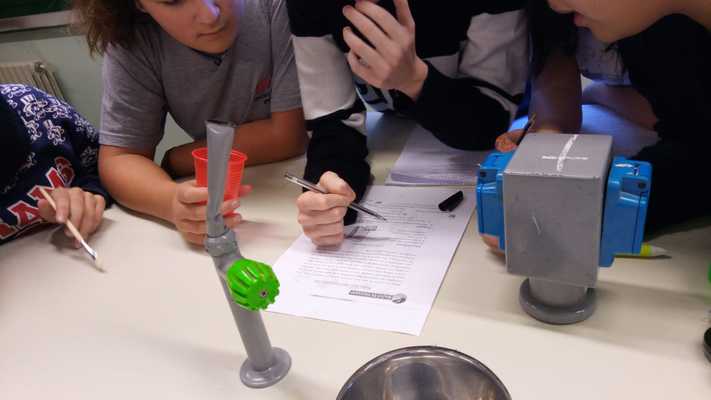
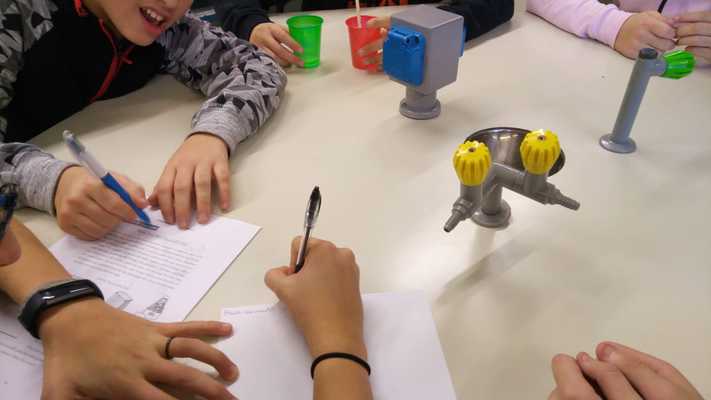
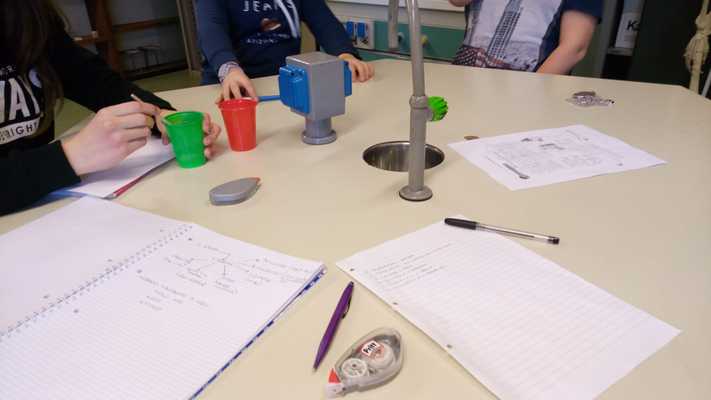
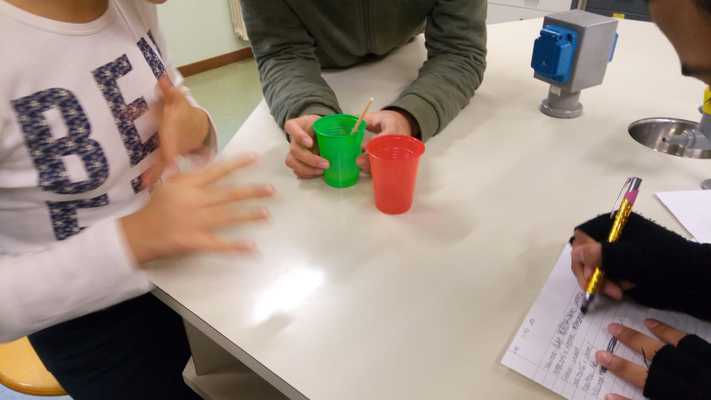
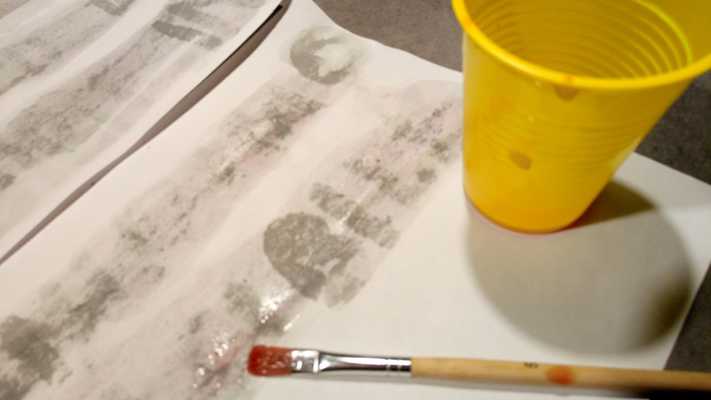
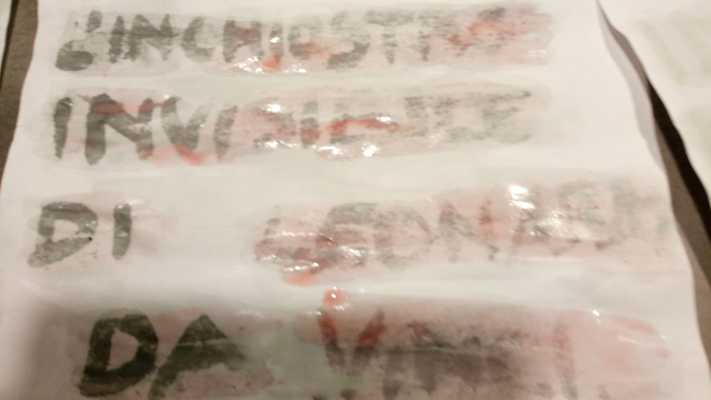
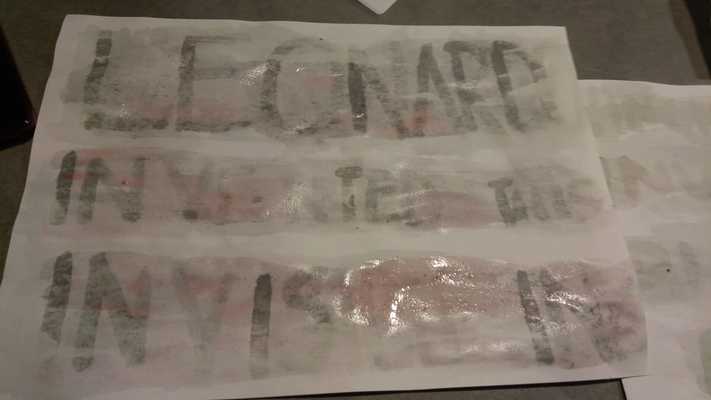
INVISIBLE INK LAB at "L. Montini" Middle School - Campobasso
A fantastic lab
First Chiara writes a word with a solution of baking soda and water while Fabiana writes with milk. Of course you can read nothing on the paper. We let the papers dry.
After that Chiara paints across the paper with strawberry juice and the word Monnalisa appears! Meanwhile Andrea and Fabiana light a candle with the Art teacher Ms Silvana Reale and heat the other paper written with milk and slowly the word Leonardo appears. How exciting!
MAKE YOUR OWN INVISIBLE INK
1. Milk invisible ink
YOU NEED:
- milk
- Q-yips
- paper
- heat source (candle)
STEP 1
Dip the Q-tip into the milk, write the message on a white paper, the let it dry.
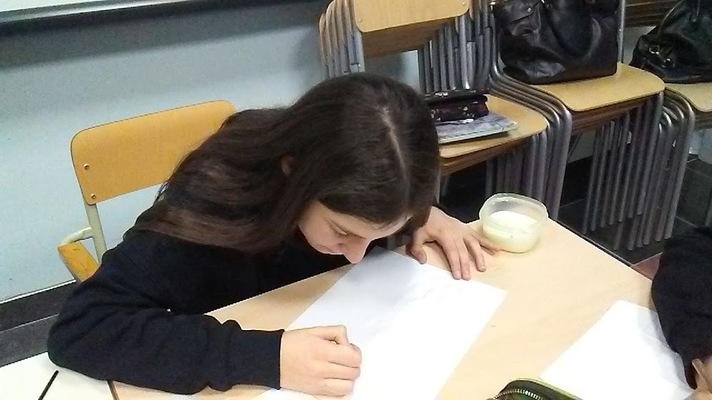
STEP 2
Pass it closely over a candle and read the message
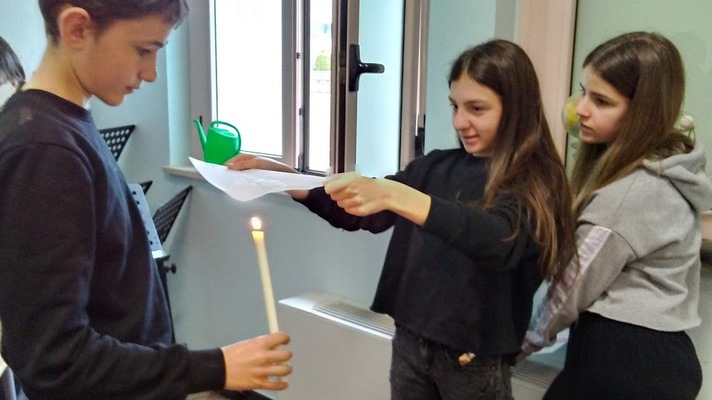
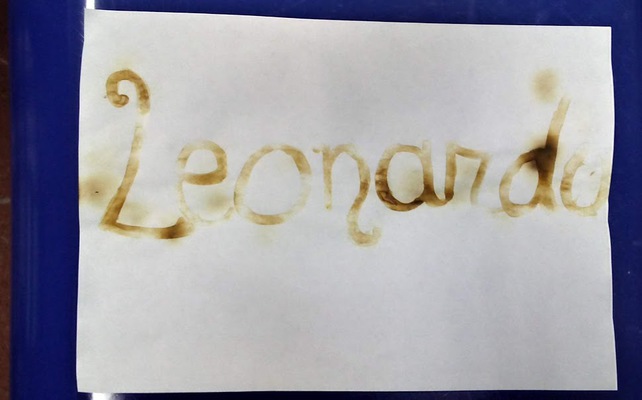
2. Juice invisible ink
YOU NEED:
- baking soda and water
- Q-tip
- white paper
- cranberry juice
- paint brush
STEP 1
Mix together 1/4 cup of baking soda with 1/4 cup of water, dip the Q-tip into the mixture and write the message.
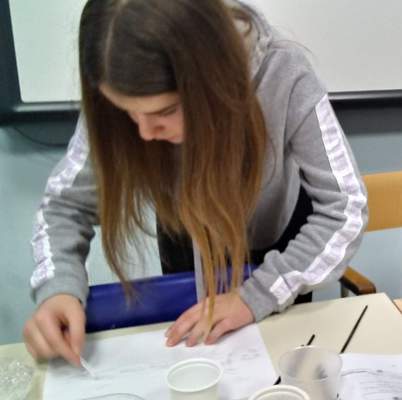
STEP 2
Paint the juice across the paper
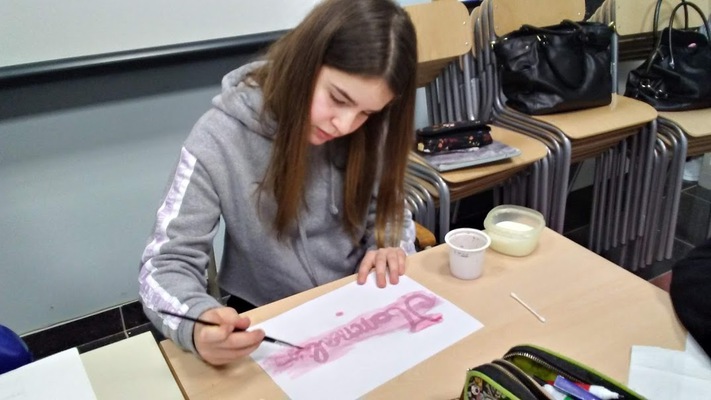
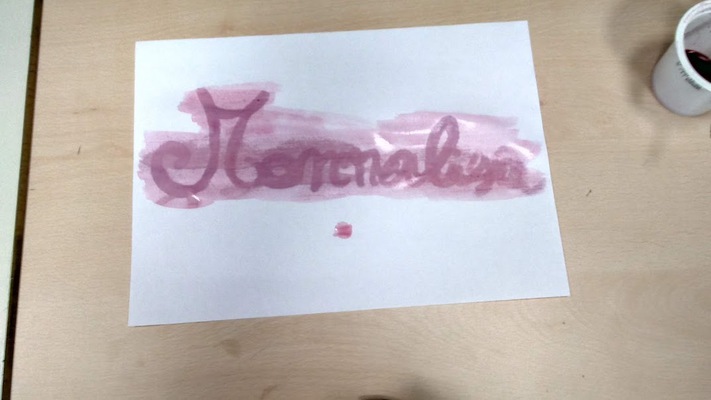
WHY DOES IT WORK?
Because the juice is acidic and the baking soda is a base, and the two interact when they touch.
Leonardo Da Vinci’s empty pages hold a secret few could imagine:
more than a dozen studies of hands drawn in a metal substance turned to invisible ink over time.
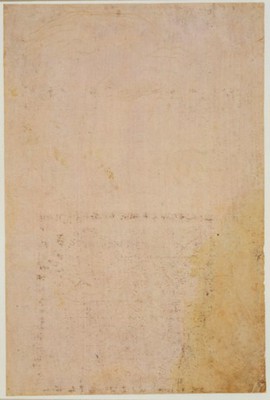
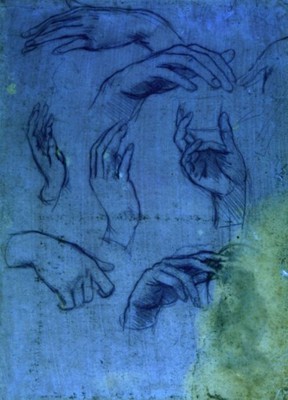
•The two pieces of paper, now known to be studies of the hands for the Adoration of the Magi, c1481, are on display to the public for the first time, at the Queen’s Gallery, Buckingham Palace, as part of the 500th anniversary of Leonardo’s death.
•High-energy X-ray fluorescence has revealed the sketches called Studies of hands for the Adoration of the Magi.
Karabörk Secondary School
Invisible ink:
Ingredients:
baking soda,
water,
q-tip,
juice,
paint brush
white paper
We worked on the invisible ink and let the others experience it on our exhibition day.It was such an enjoyable experience for all!
